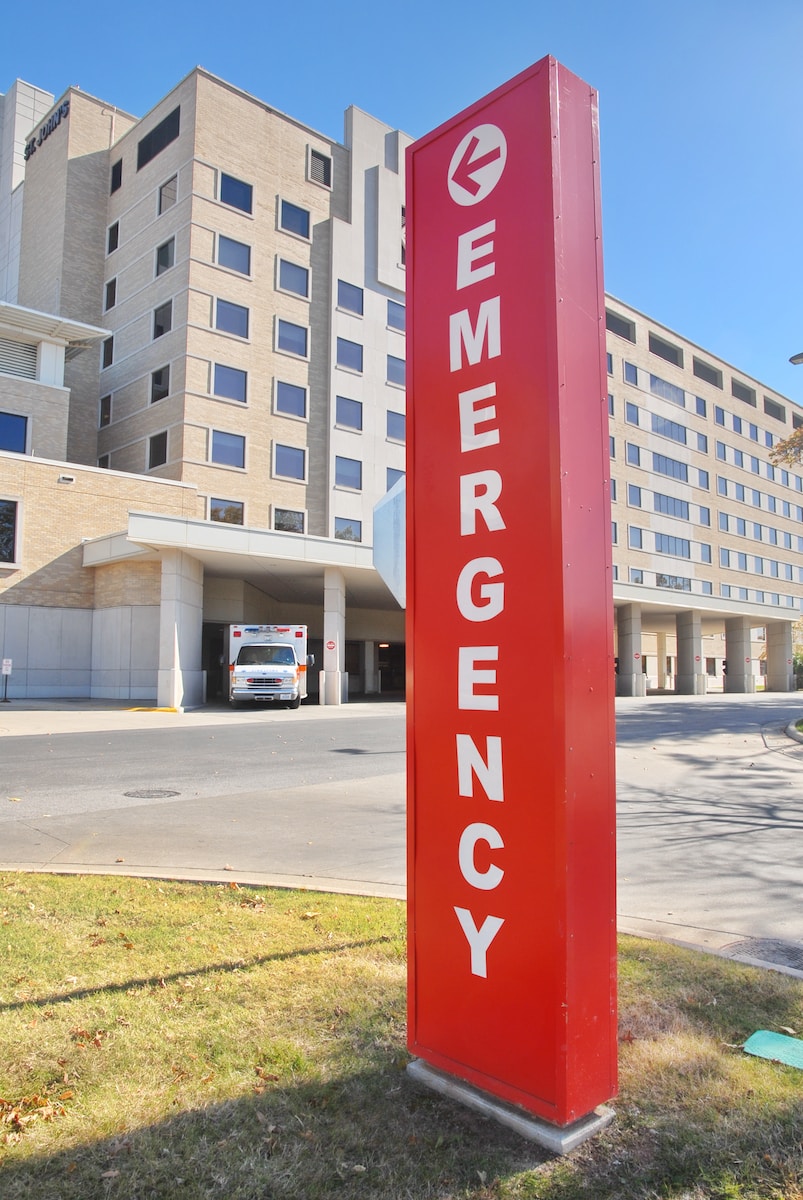 How Much Should You Have in Your Emergency Fund
How Much Should You Have in Your Emergency Fund
Having an emergency fund is foundational to financial health. It cushions you from unexpected expenses and income disruptions. But how much should you save in this critical bucket? Here are some guidelines:
3-6 months of expenses
A common baseline is having 3-6 months of living expenses in your emergency reserves. For example, if your monthly costs are $4,000, aim for $12,000-$24,000 in accessible savings. This covers basics if you lose your job or have a major unplanned cost.
One year for homeowners
Homeowners should skew towards the high end of the range and have 6-12 months of costs on hand. Home repairs and maintenance issues inevitably crop up and can be expensive. A healthy emergency fund ensures these won’t wreck your finances.
Account for financial dependents
If you have children or family members dependent on your income for support, build in additional months of coverage into your target amount. Protect dependents from disruptions having 8-12 months of costs on hand.
Consider health care needs
For households where someone has significant medical costs, increase emergency savings to account for health plan deductibles, co-pays, and other out-of-pocket health expenses should an emergency arise.
Factor in income stability
If you work in a cyclical industry where layoffs are common or have an unstable freelance job, build a larger buffer of 12-18 months of expenses. More volatile income requires thicker emergency padding.
Include any major recurring costs
Look at your annual expenses like property taxes, car insurance, memberships etc. that only hit once or twice a year. Have sufficient reserves to also cover these semi-annual costs in a pinch.
Account for high local costs of living
In very high cost areas like San Francisco and New York City, it can take far more than 6 months of expenses to properly recover from a job loss or emergency. Let your local context guide fund targets.
Maximize liquidity
Keep emergency savings in checking, savings, or a highly liquid money market account. Avoid subjecting this fund to market risk or locking up assets. Instant accessibility is key.
Review annually
Reevaluate your target emergency fund amount whenever your financial situation changes. Life events like having a ba, buying a house, or retiring impact how much you should have on hand.
Having approximately 6 months of living expenses is a prudent emergency fund target for most households. But adjust based on your unique obligations, income variability, and local costs.
The commonly recommended amount for an emergency fund is three to six months’ worth of living expenses. This cushion helps cover unexpected expenses or income disruptions, providing financial stability in challenging times. Adjust based on your personal circumstances and risk tolerance.
An emergency fund is a separate savings or bank account used to cover or offset the expense of an unforeseen situation. It shouldn’t be considered a nest egg or calculated as part of a long-term savings plan for college tuition, a new car, or a vacation. Instead, this fund serves as a safety net, only to be tapped when an emergency occurs.
How much should you save?
While the size of your emergency fund will vary depending on your lifestyle, monthly costs, income, and dependents, the rule of thumb is to put away at least three to six months’ worth of expenses. This amount can seem daunting at first, but the idea is to put a small amount away each week or two to build up to that goal. You may also want to consider adjusting the amount based on your bill obligations, family needs, job stability, or other factors.